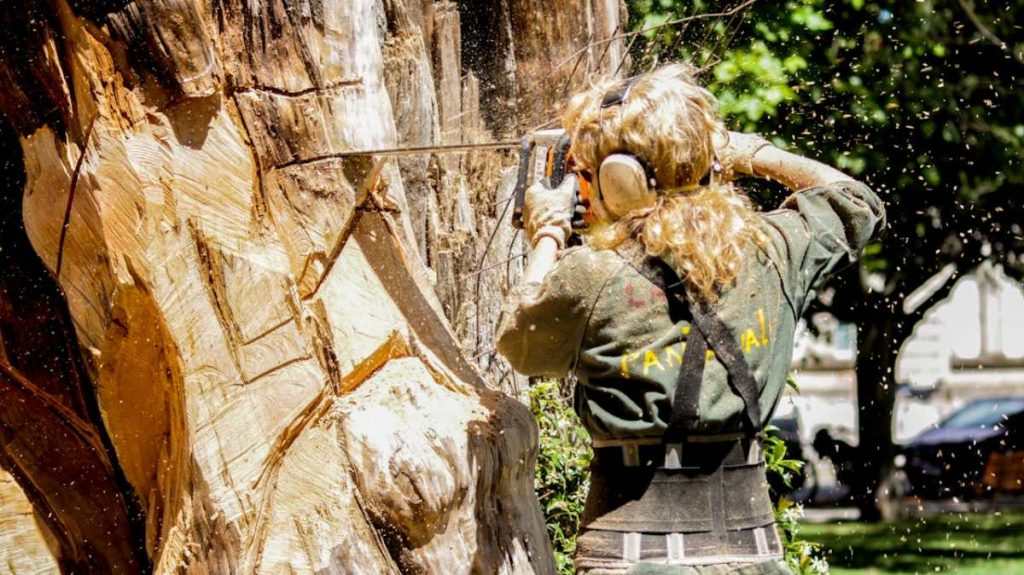Running an arborist business isn’t just about ropes, saws, and tree climbing. It’s about relationships – with clients, crews, municipalities, and contractors. In a profession where repeat customers, seasonal work, and referrals matter, keeping track of interactions is just as critical as knowing which branch to cut. That’s where CRM integration comes in.
As someone who works closely with tree care professionals, I’ve seen the growing need for smarter, more connected tools. A modern arborist business has to juggle fieldwork, estimates, billing, crew management, and marketing – often with limited back-office support. And yet, too many still rely on disconnected spreadsheets, sticky notes, and manual follow-ups.
The solution? A connected CRM system that integrates with the rest of your digital toolkit.

What CRM Integration Actually Means
Let’s clear something up first – CRM isn’t just for tech startups and sales teams. For arborists, a CRM (Customer Relationship Management) system is a centralized hub where you can store client details, job histories, property notes, upcoming tasks, invoices, photos, and even tree-specific data.
But integration is what makes it powerful. It means your CRM doesn’t live in a silo. Instead, it syncs with:
- Your calendar and crew scheduler
- Email and SMS tools
- Invoicing and payment software
- Estimating and proposal systems
- Field service apps and mobile checklists
This allows for real-time visibility, fewer errors, and a smoother experience for both your team and your clients.
Why Arborists Need a CRM – Now More Than Ever
The tree care industry is becoming more competitive. Clients expect fast quotes, clear communication, and professional service from the first phone call to the final invoice. And companies that can’t deliver that – digitally – risk getting left behind.
Here’s why CRM integration is no longer optional for growing tree service businesses:
1. Better Customer Retention
Arborist work is often seasonal – think pruning in spring, removals in summer, and storm cleanup in winter. A CRM helps you track past work, set automated follow-ups, and proactively reach out with service reminders.
2. Instant Access to Job History
When a client calls, your team should be able to pull up their last job, notes about the property, and previous quotes – on the spot. No more digging through email threads or paper folders.
3. Improved Crew Coordination
When your CRM talks to your scheduler, estimates flow seamlessly into jobs. Field teams know exactly what to expect, and dispatchers can adapt quickly when things change.
4. Streamlined Billing and Payments
Integrated CRMs reduce manual data entry. Jobs marked “complete” in the field can trigger automated invoices, reminders, and even payment collection – all synced to your accounting software.
5. Marketing with a Memory
Instead of guessing who to target with seasonal promotions, your CRM helps you segment contacts by service type, location, and last job date. You can send personalized emails or texts that actually convert.
Integration in Action: A Typical Day
Let me paint a quick picture of how this works in real life:
- A new lead fills out a form on your website
- The data flows directly into your CRM, tagged as “new lead”
- Your estimator is notified and schedules a site visit via the scheduler
- At the visit, they create an estimate in the field app
- Once approved, the job is scheduled and assigned to a crew
- The crew completes the work, uploads photos, and marks the job as complete
- The CRM triggers an invoice and sends it to the client
- Once paid, the system updates the job status and logs the transaction
Everything is synced. No double entry. No missed steps. Just smooth operations.
Why Users Should Care
Adding CRM integration for your arborist business means taking that same logic and applying it across your field operations. Whether you’re managing 3 jobs a day or 30, the principle is the same: reduce friction, boost visibility, and give your team more time to focus on actual tree work.
You don’t need to overhaul your entire system tomorrow. Start by choosing a CRM that fits your workflow (not the other way around), then look for scheduling and estimating tools that connect with it. The goal is not more software – it’s smarter software.
Final Thoughts
Tree care might be an old-school profession, but that doesn’t mean your business has to run on paper and memory. With CRM integration, even the smallest arborist business can operate like a well-oiled machine – serving clients faster, retaining them longer, and scaling more smoothly.
In the end, trees don’t keep spreadsheets. But your business probably should.